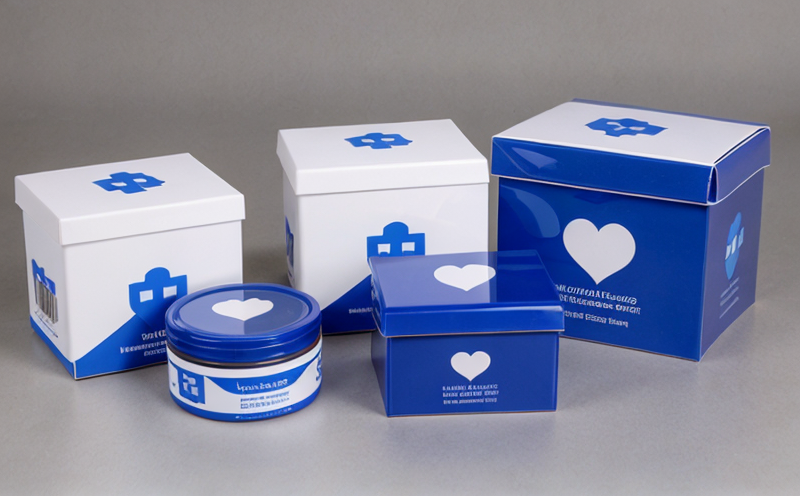The Importance of Healthcare Product Packaging and Labeling
In todays fast-paced world, healthcare products play a vital role in maintaining our well-being and quality of life. From prescription medications to over-the-counter (OTC) products, packaging and labeling are crucial components that ensure the safe use of these products by consumers. In this article, we will delve into the significance of healthcare product packaging and labeling, explore the challenges associated with it, and discuss some of the key regulations governing this industry.
Why Packaging Matters
Healthcare product packaging is more than just a container or label; its a critical component that impacts the quality, safety, and efficacy of the product. Some of the reasons why packaging matters include:
Protection: Packaging protects the product from damage, contamination, and degradation during storage and transportation.
Identification: Labels provide essential information about the product, including its name, composition, dosage instructions, and warnings.
Regulatory Compliance: Packaging must comply with various regulations, such as labeling requirements, child-resistant packaging, and tamper-evident features.
Patient Safety: Accurate labeling is critical to prevent medication errors, allergic reactions, or overdose.
Labeling Requirements
Labels on healthcare products are subject to strict regulations. Here are some key points to consider:
Content Labeling: Labels must include the following information:
Product name and description
Ingredients (active and inactive)
Instructions for use (dosage, frequency, duration)
Warnings and cautions (allergic reactions, side effects, contraindications)
Storage conditions (temperature, humidity)
Compliance with FDA Regulations: The US Food and Drug Administration (FDA) governs labeling requirements for prescription medications. Labels must be in English, with some flexibility for multilingual labels.
International Harmonization: Labeling regulations vary globally; manufacturers must adapt to local laws and standards when exporting products.
QA: Healthcare Product Packaging and Labeling
Q1: What are the key factors that impact healthcare product packaging design?
A1: The following factors influence packaging design:
Brand identity
Product size and shape
Material selection (plastic, glass, metal)
Color scheme and graphics
Functionality (child-resistant, tamper-evident)
Q2: How do regulatory agencies ensure compliance with labeling requirements?
A2: Regulatory agencies use various methods to enforce compliance:
Inspections: Regular visits to manufacturing facilities to verify compliance.
Warning Letters: Notifications of non-compliance issues, requiring corrective actions.
Recalls: Products removed from the market due to labeling errors or safety concerns.
Q3: What are some common mistakes in healthcare product packaging and labeling?
A3: Some common mistakes include:
Incorrect or missing information on labels
Improper use of branding elements (logos, colors)
Non-compliance with regulatory requirements (labeling, packaging materials)
Q4: How can manufacturers ensure accurate and consistent labeling across different markets?
A4: Manufacturers can:
Develop a global labeling strategy: Standardize labeling content and design for international distribution.
Collaborate with regulatory agencies: Engage with local authorities to understand specific requirements and exceptions.
Invest in quality control measures: Implement rigorous testing and inspection protocols to ensure labeling accuracy.
Q5: What role do packaging materials play in healthcare product packaging?
A5: Packaging materials are critical for:
Product protection (preventing damage, contamination)
Regulatory compliance (meeting labeling and packaging standards)
Patient safety (ensuring accurate dosing and usage instructions)
Conclusion
Healthcare product packaging and labeling are complex components that require careful consideration to ensure patient safety, regulatory compliance, and effective communication. By understanding the importance of packaging design, labeling requirements, and regulatory compliance, manufacturers can create products that meet global standards while minimizing risks associated with medication errors or allergic reactions.
---
This article is intended to provide general information and should not be relied upon as legal or medical advice. Manufacturers should consult relevant regulations and guidelines for specific requirements in their industry and region.

































